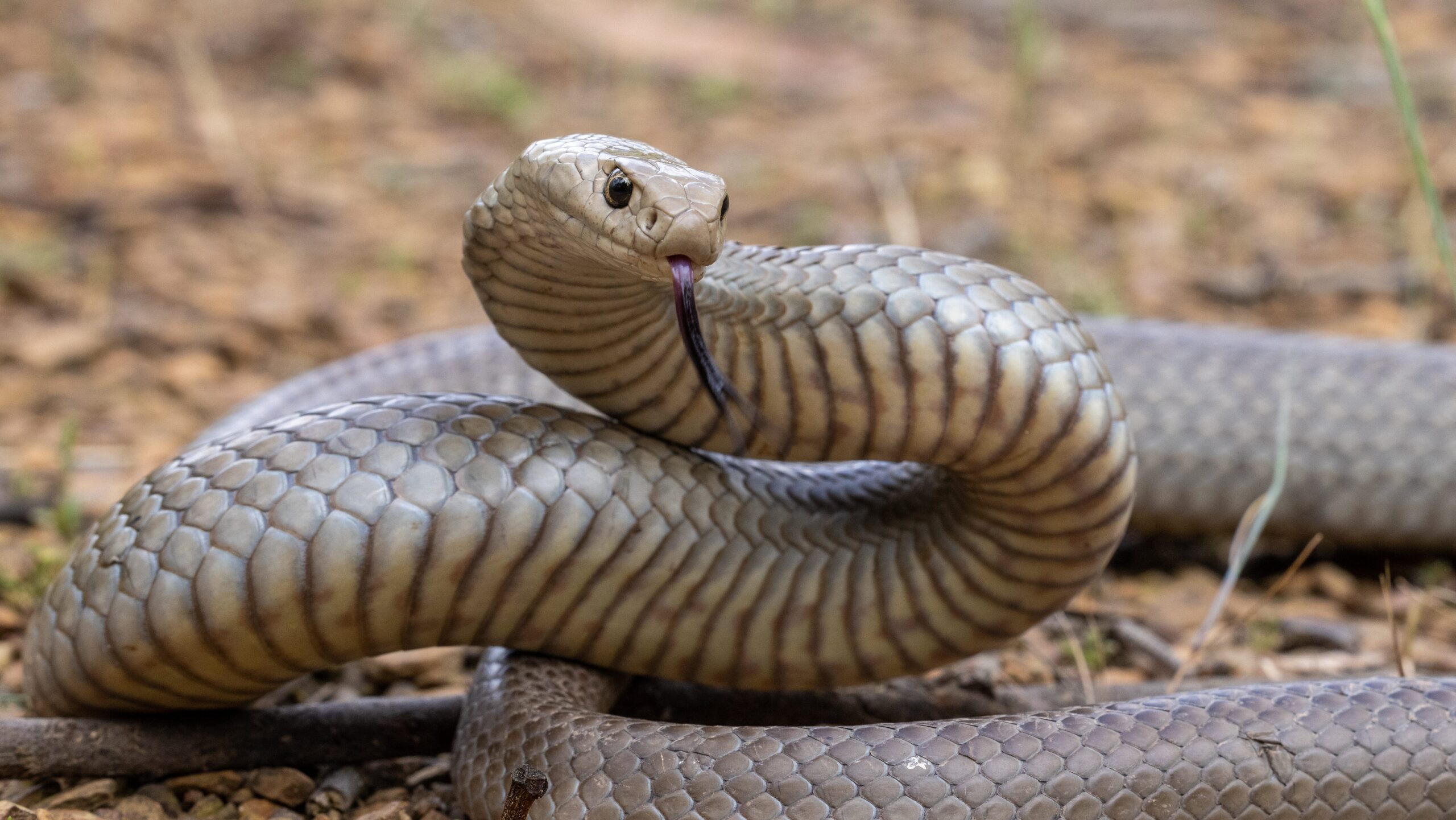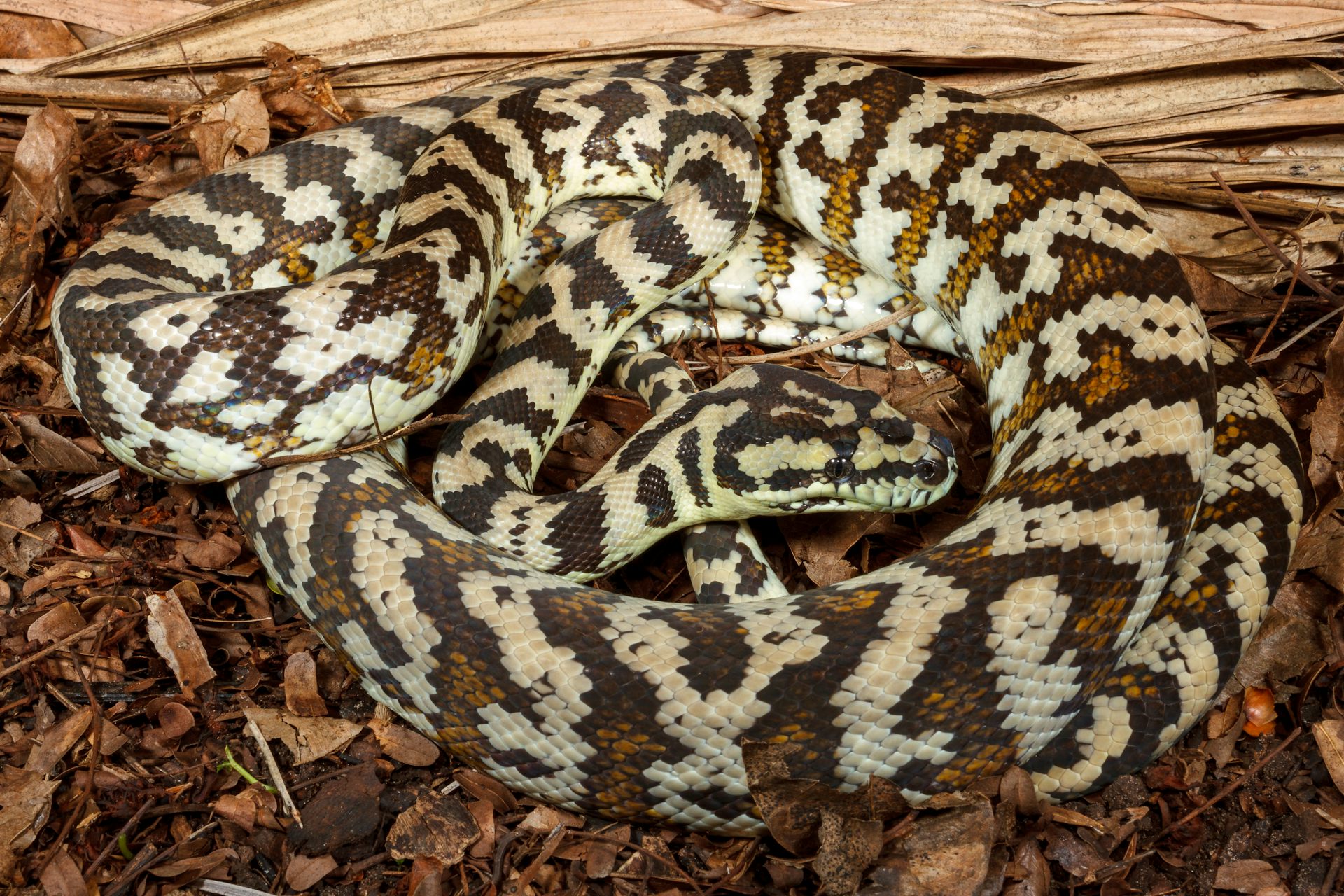Introduction
Australia is famed for its special wild animals, including a diverse selection of poisonous snakes. These creatures, while commonly been afraid, play critical duties in keeping ecological equilibrium. Recognizing the preservation of Australia's venomous snakes and the role that education and learning and understanding play can considerably boost our conjunction with these interesting reptiles. This article checks out various facets of snake preservation, the importance of public education, and sensible first aid measures for serpent bites.


Conservation of Australia's Venomous Snakes: The Duty of Education And Learning and Awareness
In Australia, snakes are a vital part of the community, regulating parasite populations and adding to biodiversity. However, numerous varieties deal with dangers due to habitat loss, environment modification, and human activity. http://finnfmsa354.lowescouponn.com/first-aid-for-snake-bites-a-detailed-guide-for-tiger-serpent-encounters The preservation initiatives targeted at shielding these reptiles hinge dramatically on education and learning and elevating awareness amongst the general public.
By notifying people about serpent habits, their ecological importance, and safe methods for cohabiting with them, we can minimize fear-driven activities that result in unneeded killings or What are the most venomous snakes in Australia injuries. Educational initiatives aid resolve misconceptions bordering serpents-- such as the typical concern: are tiger snakes venomous?-- and motivate regard for their duty in nature.
The Value of Understanding Programs
Awareness programs are vital in altering public assumptions about snakes. Numerous people watch these reptiles as inherently unsafe without understanding their environmental duties. Public outreach efforts can include workshops, community events, school programs, and info projects designed to educate people concerning:
- Identification of poisonous species: Understanding which snakes threaten assists individuals prevent encounters. Safe behaviors: Mentor individuals how to act around serpents can prevent bites. First aid knowledge: In situations where bites do take place, being educated concerning emergency treatment for serpent bites can conserve lives.
By boosting understanding through structured education and learning initiatives, we can foster a culture that values wild animals and concentrates on coexistence instead of fear.
Types of Venomous Snakes Established In Australia
Australia is home to some of the globe's most venomous serpents. Below's a short summary:
Tiger Snake (Notechis scutatus)- Commonly located in seaside regions. Known for its powerful neurotoxic venom. Frequently seen near water bodies.
- Highly aggressive with powerful venom. Responsible for more snakebite deaths than any various other varieties in Australia.
- Known for its ambush searching style. Has swift striking rate with highly neurotoxic venom.
- One of Australia's largest venomous snakes. Its attack can deliver big amounts of neurotoxin.
- Generally non-aggressive however still possesses harmful venom. Found primarily along the southwestern coast.
Understanding Their Habitats
Understanding tiger serpent environment is essential for both conservation initiatives and public follow this link security. Tiger snakes thrive in locations close to water sources such as swamps, lakes, and marshes yet they likewise populate coastal areas. Protecting these habitats is essential for making sure the survival of not only tiger serpents but also various other wild animals within these ecosystems.
Habitat Security Initiatives
Various organizations function towards environment protection with initiatives such as:

- Establishing secured areas Restoring deteriorated habitats Promoting sustainable land usage practices
These determines not only profit tiger snakes but add to overall biodiversity conservation.
The Role of Research in Conservation Efforts
Research plays an essential role in recognizing serpent populations and their health and wellness standing. Ongoing researches into the ecology and behavior of Australian serpents educate preservation strategies by giving data on populace numbers, reproducing patterns, and threats faced by various species.
Key Research study Locations Include:
- Venom analysis Population dynamics Habitat preferences
This research study can assist efficient administration strategies to secure vulnerable varieties while helping with conjunction with humans.
First Aid for Serpent Bites: Crucial Knowledge
One essential facet that intertwines with education is understanding what to do in instance one experiences a snake attack-- a scenario that demands immediate feedback skills.
What Every First Aid Package Need To Contain
A proper snake bite first aid package should include:
- Compression bandages Sterile gauze pads Antiseptic wipes A splint or immobilization device Emergency get in touch with numbers
Step-by-Step Emergency treatment Therapy for Serpent Bite
Remain tranquility; attempt to restrict activity as it may spread out poison quickly. Apply a compression plaster over the bite site without removing circulation. Keep the bitten limb incapacitated at or listed below heart level. Seek emergency situation medical assistance immediately.Why Education on First Aid Is Crucial
Educating neighborhoods concerning emergency treatment actions guarantees timely reactions throughout emergencies which can substantially decrease morbidity associated with snake bites throughout Australia.
Frequently Asked Questions (FAQs)
1. Are tiger snakes venomous?
Yes! Tiger snakes are very venomous with neurotoxic results that make punctual clinical therapy necessary after a bite.
2. What should I do if attacked by a baby tiger snake?
Follow requirement first aid treatments immediately-- keep calm, paralyze the arm or leg, apply stress over the bite website utilizing a plaster or towel without limiting blood circulation-- and look for medical aid without delay.
3. How usual are snake bites in Australia?
While statistics vary year-to-year due to factors like weather conditions affecting serpent activities; average reports suggest around 300 cases yearly with casualties being reasonably uncommon due to improved clinical responses.
4. Can I deal with a snake bite at home?
No! Home treatments such as applying ice or drawing out venom are inefficient; professional clinical interest is required after any type of suspected bite incident.
5. What's special about eastern brownish snakes?
They're understood for their aggressive nature integrated with potent venom; they represent most fatal bites in Australia due greatly to their distance to populated areas!
6. What are some typical indicators following a snake bite?
Symptoms may consist of swelling around the bite area, discomfort at or near the site; systemic signs could involve nausea or vomiting or problem breathing relying on toxin kind absorbed into bloodstream!
Conclusion
Conservation efforts surrounding Australian venemous serpents hinge on efficient educational approaches that encourage areas while cultivating regard in the direction of these often-misunderstood animals! By improving recognition regarding their environmental relevance together with correct security methods-- including emergency treatment expertise-- we lead roadways toward lasting conjunction benefiting both human beings & & wild animals alike!
In significance-- the discussion surrounding preservation has to continue thriving via positive interaction marrying scientific study together with area involvement making certain significant effect today & & tomorrow!